While others are giving up things, why not take a totally different approach? Here are 16 positive New Years resolutions to inspire you to discover, learn, experience, explore and uncover the wonders of the natural world. Pick any one of these and you’re guaranteed to enhance your understanding of wildlife, your skills as a naturalist and your enjoyment of nature.
1. Dig a wildlife pond

“Learning about wildlife begins in your back yard. If you want to bring more species to your garden then the recipe is simple: just add water,” says Mike Dilger, wildlife expert for BBC One’s The One Show and BBC Wildlife contributor.
“I dug a hole, put in a liner, added water – and within 24 hours I had my first pond skaters. By the end of the summer I had seen six species of dragon- and damselfly, and recorded a huge number of birds and mammals coming to the pond – it’s a source of food as well as water.
“A pond punches above its weight in terms of conservation, too. More UK frogs are now breeding in garden ponds, because the water is unpolluted, unlike many village and farm ponds. Digging one is the most effective step each of us can take to help local wildlife.”
2. Pass on your skills
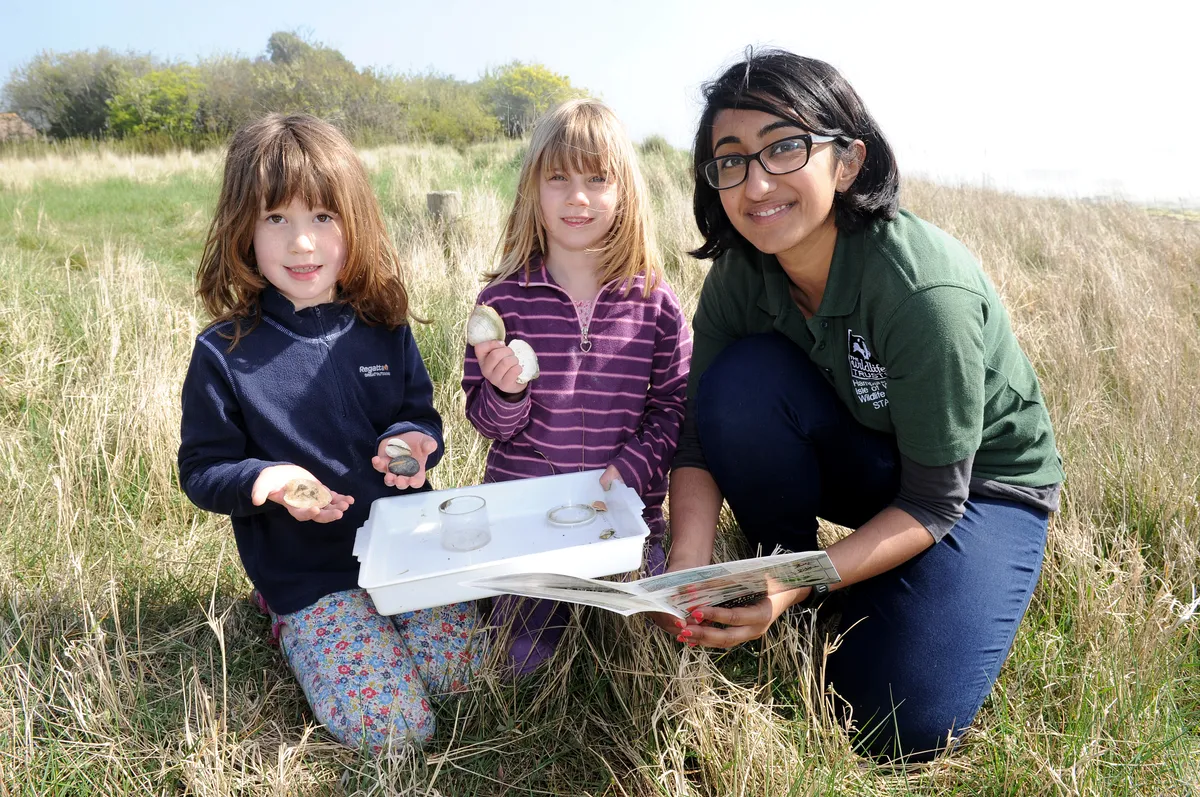
Inspiring others to learn about nature – volunteering for a reserve or giving a talk to a local school or youth group, for example – can be rewarding in many ways. “Through my work with Buglife, I often take groups out on bug walks and pond-dipping days,” says the charity’s vice-president Alan Stubbs. “Obviously, it’s a way to raise the profile of invertebrates and the importance of habitats. But it’s personally very rewarding, too.”
“I am passionate about the need to develop people’s ability to identify species,” Alan continues. “The education system does very little fieldwork these days; you can study up to degree level without having seen a whole animal. Being able to identify wildlife is a vital practical underpinning of conservation work – a skill I think is being lost, and one that I dearly want to promote.”
3. Close your eyes...and listen

“Get in the habit of closing your eyes and writing down the bird calls and songs you hear phonetically,” says writer Ben Hoare. “Most field guides include a description of each bird’s sounds, but good birders have their own ways to remember each species’ distinctive vocalisations. Develop this skill and you’ll be able to identify birds before you see them.”
4. Keep a notebook and get drawing
Learning to draw the flora and fauna you see can have a major impact on your skills as a naturalist, according to botanical artist Julia Trickey.
“Most of us can identify well-known flowers and trees – but how much detail can we really recall?” asks Julia. “Observational drawing encourages you to look carefully at the world around you, getting into the detail – of flowers, for example: the number of petals, how they are arranged and the shape of the stem.”
“The act of drawing in a nature notebook demands close observation – and you don’t need technical skills, like those taught in the kind of courses I run,” Julia adds. “Give it a try. I promise that you will never look at a flower, leaf or fruit in the same way again.”
5. Get out a night
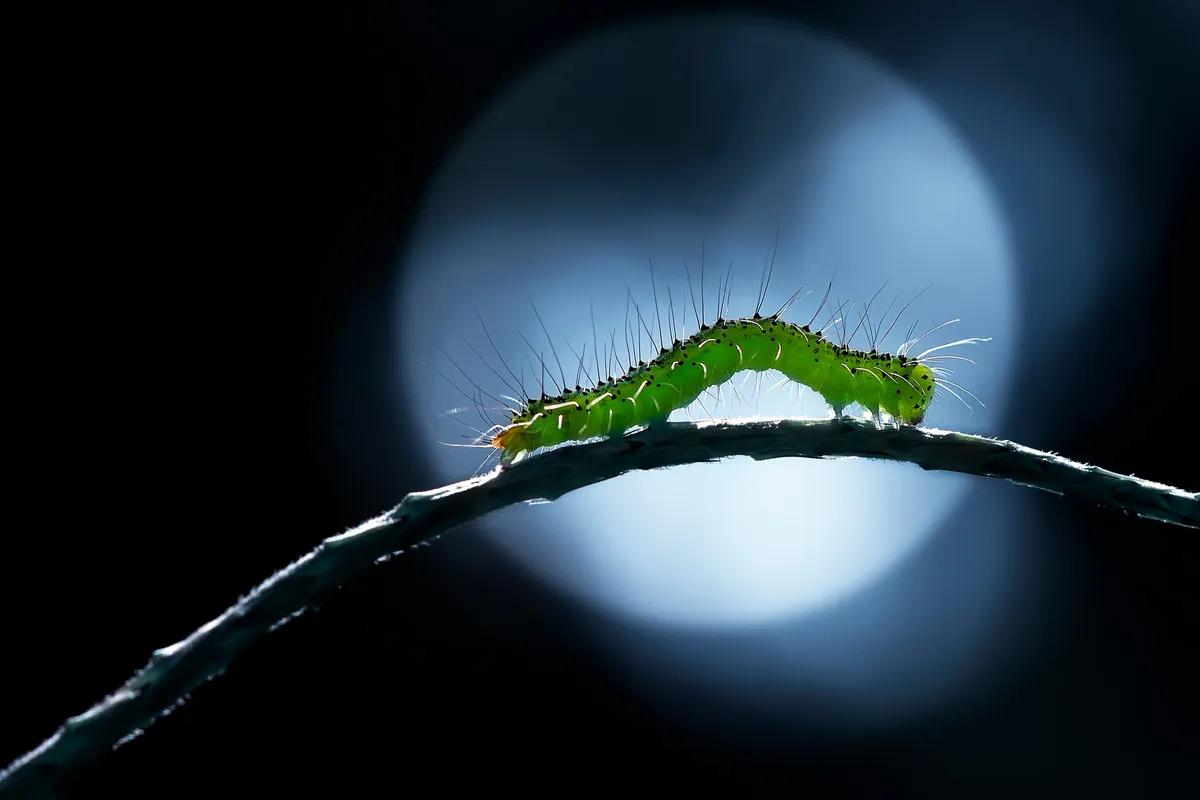
“Most people miss what happens after dark,” says photographer Eric Médard. “But there’s a lot going on: many mammals, moths and amphibians are nocturnal. Getting out at night forces you to use your other senses, as I discovered during forays in my native France – I learned to recognise the rustle of a salamander and the sound of a boar racing through the undergrowth. It’s so interesting to experience what is happening when most people are safely ensconced in their homes – there’s so much to learn.”
6. Map your local patch
“The map for my local area is a living document of the wildlife I’ve seen here,” says writer and editor Ben Hoare. “Maps show habitat, and give you an idea of what you might see. I overlay that with the wildlife I’ve spotted. It’s another way of recording and depicting my local patch that encourages me to observe and appreciate what’s around me.”
7. Set up a camera trap
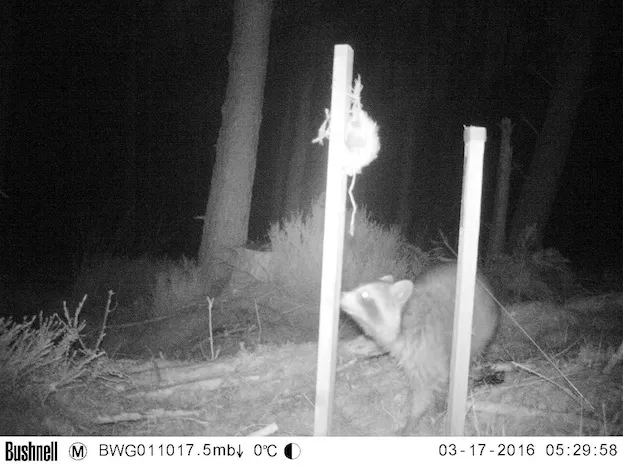
Want to know what’s coming into your back garden? BBC Wildlife editorial and digital co-ordinator Megan Shersby moved house in late 2021. “I've seen a number of different bird species already, and caught a variety of moths in my moth trap, and I'm planning to put out a camera trap to see which night-time or shy creatures we have visiting the garden.”
8. Explore somewhere new
There are so many wildlife encounters to enjoy in the UK
“There are so many wildlife encounters to enjoy in the UK,” says wildlife journalist and BBC Wildlife contributor James Fair, “and they vary enormously around the country. To experience something totally new this year, consider booking a trip to somewhere you’ve never been.”
Check out our list of the best places to have a winter wildlife watching experience in the UK, and the wildlife you can spot like roosting rooks and beautiful red squirrels.
9. Get involved in a local cause
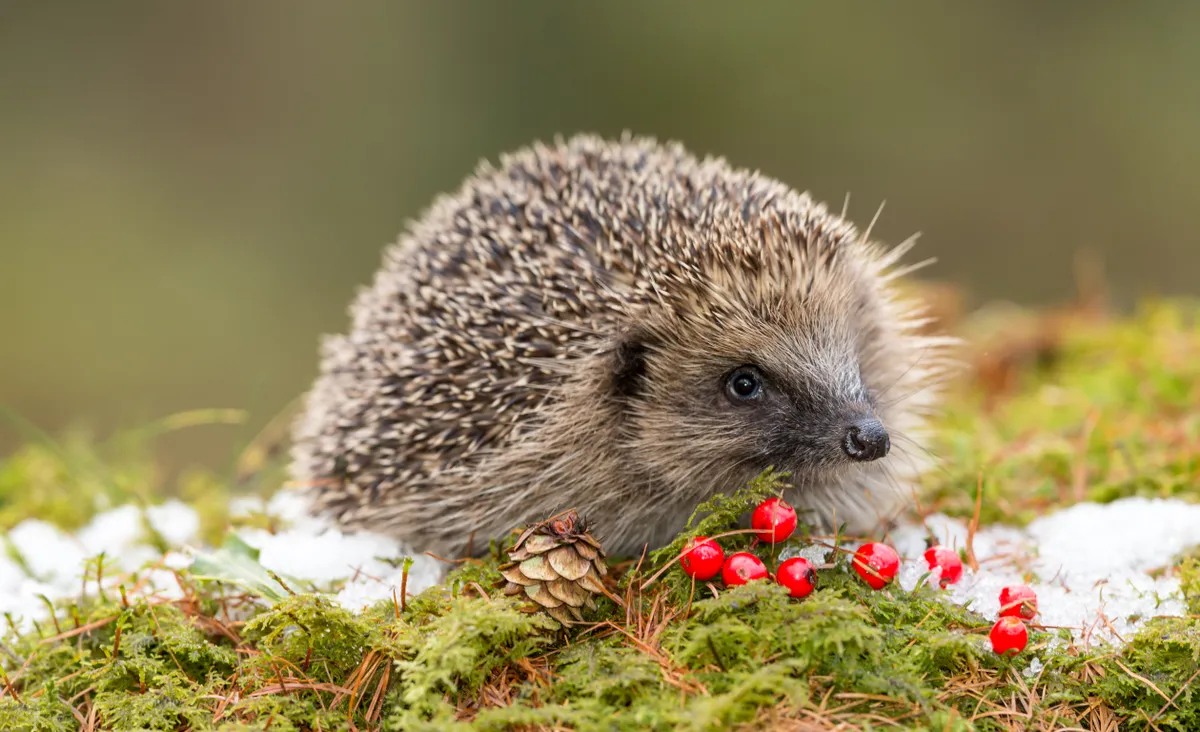
Joining a conservation cause can give you more reasons to take an interest in your patch – and your involvement can have a massive impact, says hedgehog campaigner Hugh Warwick.
“Suburbia is becoming the last refuge for many hedgehogs,” explains Hugh. “Recent studies have shown that a sustainable population of hedgehogs requires at least 32 individuals plus 90ha of connected land. So it’s essential that we get neighbours talking to each other and ensuring their gardens are linked via gaps in their fences.”
The Hedgehog Street campaign recruits ‘Hedgehog Champions’ to muster local support, and advises on practical and straightforward ways of dealing with ’hog problems. So far, almost 30,000 households have signed up.
10. Start a nature journal
Want to understand the changing seasons and their effects on local wildlife in greater depth? Then start a nature journal, says zoologist Jules Howard. “I was a latecomer to keeping a journal,” he admits. “I started mine 10 years ago to record lists of the wildlife I was seeing on a long commute. It took me a year to recognise its real value as I started to notice the signs of the changing seasons – small indicators that you can compare each year, and that are noticeable only to you.”
“In this digital age, a blog offers a great way to store your nature notes,” Jules adds. “You can upload images directly from a smartphone, and you can search for specific entries. Remember that you don’t have to conform to any set ideas about what a journal should look like or include. If you make it personal and record the things in which you’re interested, you’re much more likely to keep it going for many years.”
11. Visit a natural history museum
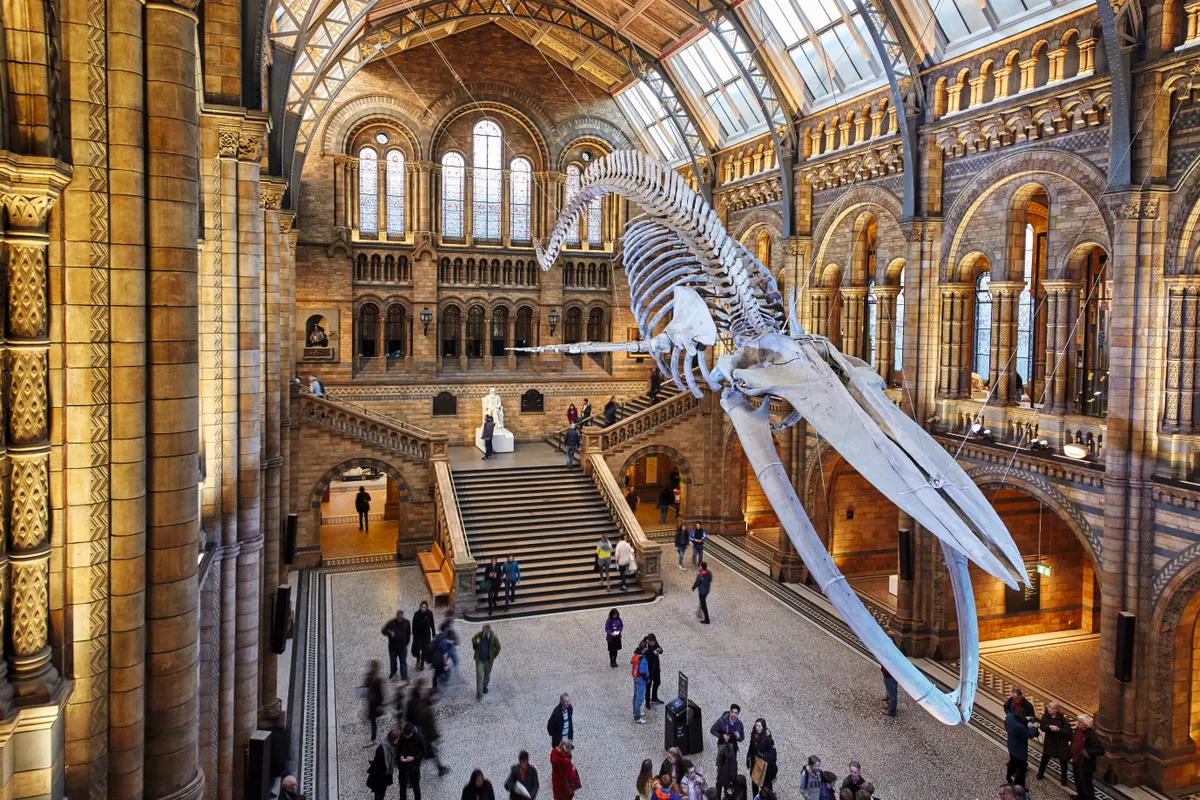
At least once this year, indulge your interest in evolution, conservation, entomology – or, indeed, any other ‘ology’ – and head to London’s Natural History Museum (NHM). If possible, visit on a weekday, when the museum is quieter – school groups have usually moved on by the afternoon, but if you arrive early (doors open at 10am) you can devote more than seven hours to exploring the museum’s vast collections and exhibitions. On the last Friday of each month (except December), the museum is open till 10.30pm for ‘Lates’ events.
If you're unable to visit the NHM, there are a number of other natural history museums, or museums with natural history sections, around the country (and around the world!).
12. Go back to school
Learn something new this year. There’s an array of wildlife courses and holidays around the UK, from local evening classes to field-studies centres. “The best way to learn about wildlife is to get out there and see it for yourself,” says Kevin Shaw, who runs wildlife tour company Heatherlea. “Do that alongside an expert and it’s guaranteed to accelerate your learning and enhance your enjoyment.”
The best way to learn about wildlife is to get out there and see it for yourself
13. Build the ultimate wildlife library
Whether you're looking for an ID guide, inspiration, stories or advice, there’s no shortage of transformative wildlife literature available. To you get you started, have a look at our selection of books on the wildlife of the coasts and seas, wildlife and nature books for teenagers, and even nature books that will help you cultivate mindfulness and connect with nature in the year ahead.
14. Start a new obsession
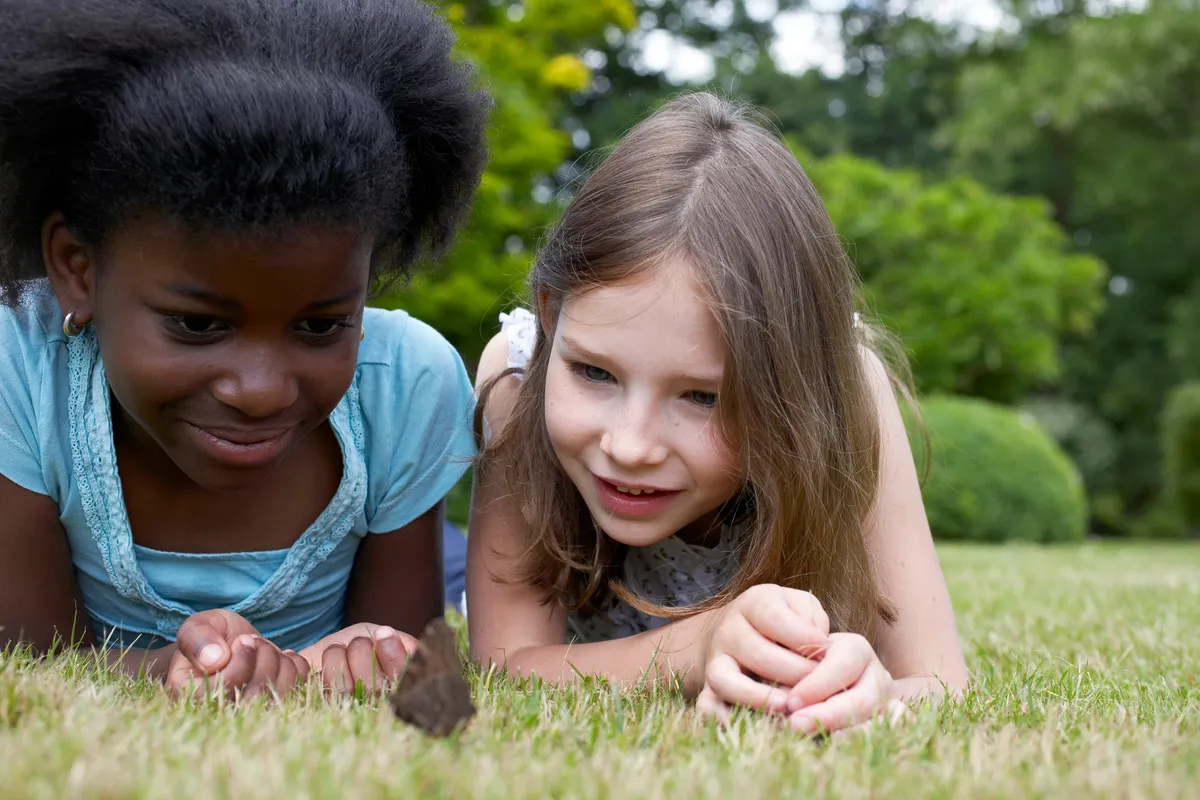
Love birds? Start an obsession with grasshoppers. Comfortable identifying British butterflies? Why not transfer those skills to shield bugs? It worked for naturalist Mark Cocker, whose fascination with moths began when he set up a trap in his garden and recorded his local species.
“Specialism is important in natural history, but I think we get too linear – too obsessed with a single species,” explains Mark. “We fixate on expertise – on one area of wildlife – and overlook the importance of a simple wonder when looking at nature.”
Why not try something different every year? There are countless books and online resources to help you make 2014 your year of grasshoppers or bees, moths or shieldbugs, even fungi. Choose something new and you’ll develop your sense of wonder for what is around you.
15. Don't miss out - tune in
BBC iPlayer has transformed the way we watch and listen to natural history broadcasting. It means you’re far less likely to miss the very best documentaries, and makes it easier to search through old programmes and dig out the best wildlife TV and radio. Guaranteed gems every week.
16. Be a citizen scientist
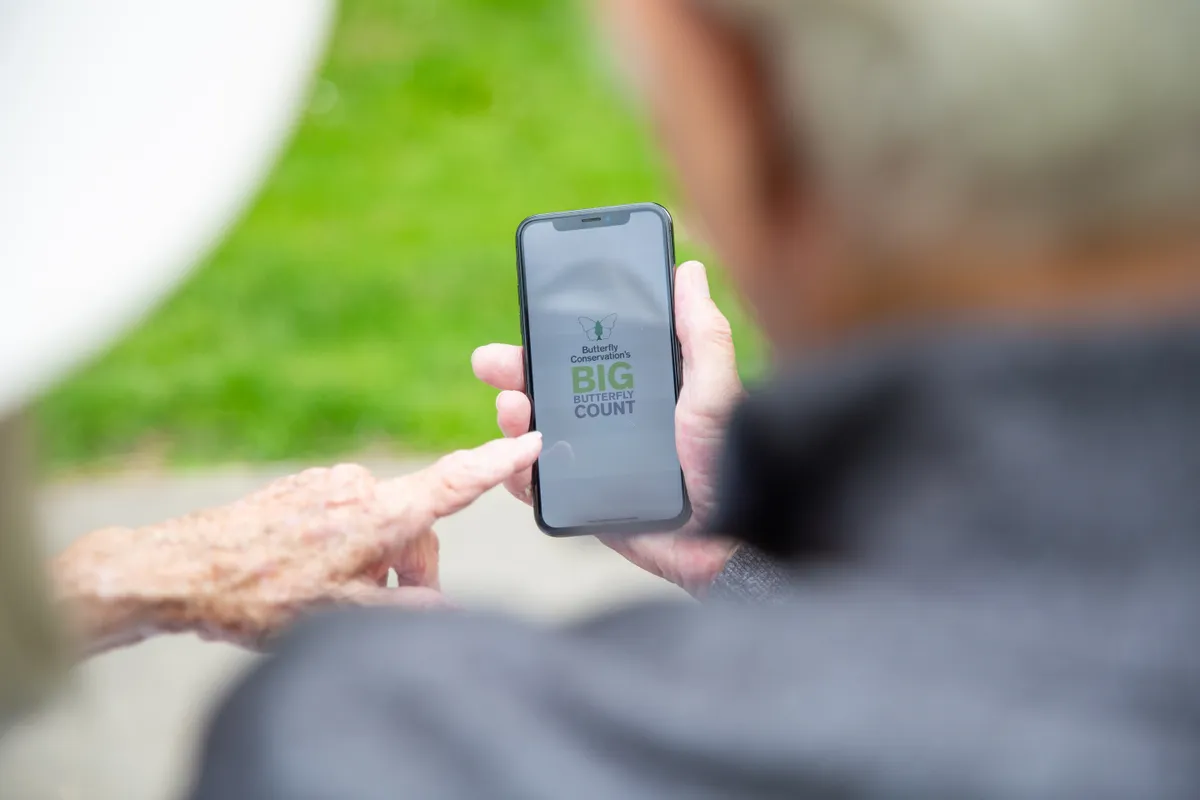
Each year, hundreds of ‘citizen science’ research projects get members of the public collecting wildlife data. Taking part is a great way to develop field skills and discover something new about your patch. Here are three to consider for your first project.
- Big Garden Birdwatch - Spend an hour counting birds in your garden or local park (28th - 30th January).
- Nature's Calendar - Run by the Woodland Trust, this survey looks at the impact of climate change on our wildlife.
- Big Butterfly Count - This Butterfly Conservation project maps butterfly and moth numbers around the country.